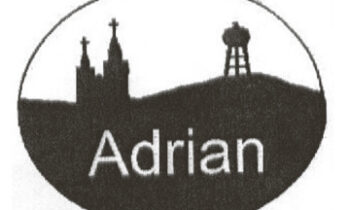May 15-21, 2016 is the 42nd annual National EMS Week
Every day, under many circumstances, Emergency Medical Services (EMS) providers serve their communities. Emergency Medical Services week brings together local communities and medical personnel to publicise safety, and honor the dedication of EMTs, first responders, fire fighters, police and others who provide often heroic, lifesaving services as a routine part of their job.
In 1973, President Gerald Ford authorized EMS Week to celebrate EMS practitioners and the important work they do in our nation’s communities. Back then, EMS was a new profession, and EMS practitioners had only just started to be recognized as a critical component of emergency medicine and the public health safety net.
A lot has changed since then. EMS is now firmly established as an essential public function and a vital component of the medical care continuum. On any given day, EMS practitioners help save lives by responding to medical emergencies, including heart attack, difficulty breathing, a fall or accident, drowning, cardiac arrest, stroke, drug overdose or acute illness. EMS may provide both basic and advanced medical care at the scene of an emergency and en route to a hospital. EMS practitioners care for their patients’ medical needs and show caring and compassion to their patients in their most difficult moments.

2016 Adrian Ambulance crew Back Row: Ray Bullerman, Harlan Vandekieft, Ron Lonneman, Ray Konz, Bobby
Kunkel,Kelly Hendel, Terry Good and George Wolyniec; Front Row: Sara Lenz, Karen Rye, Cindy Wolf,
Barb Loring, Brenda Bullerman, Sherry Good and Marissa Marten. Not pictured is Allison Richards.
With the development of mobile integrated healthcare and community paramedicine (MIH-CP), EMS is also increasingly a valued participant in achieving the nation’s overall healthcare goals of improved patient health and lowered costs.
EMS Week brings together local communities and medical personnel to honor the dedication of those who provide the day-to-day lifesaving services of medicine’s “front line.”
EMS Week is also an opportunity to publicize those contributions. Given the challenges facing our nation’s healthcare system and the rapid pace of change, making sure the public and other stakeholders understand what EMS has to offer has never been more important.
The Adrian Ambulance is still in need of members. You now do not have to become an EMT to help out the ambulance and your community. The ambulance may now staff with 1 EMT and 1 EMR which is a first responder. The training for EMR is only 40 hours, which is much less than the 110 hours for EMT training. There is a bridge course from EMR to EMT if you would want to become an EMT later, you don’t have to start over. The ambulance service will pay for the training and mileage. There is a possibility the EMR class can even be held in Adrian if we have at least three people interested. Please contact Ray Bullerman at 507-920-5143 if interested or want more information.






